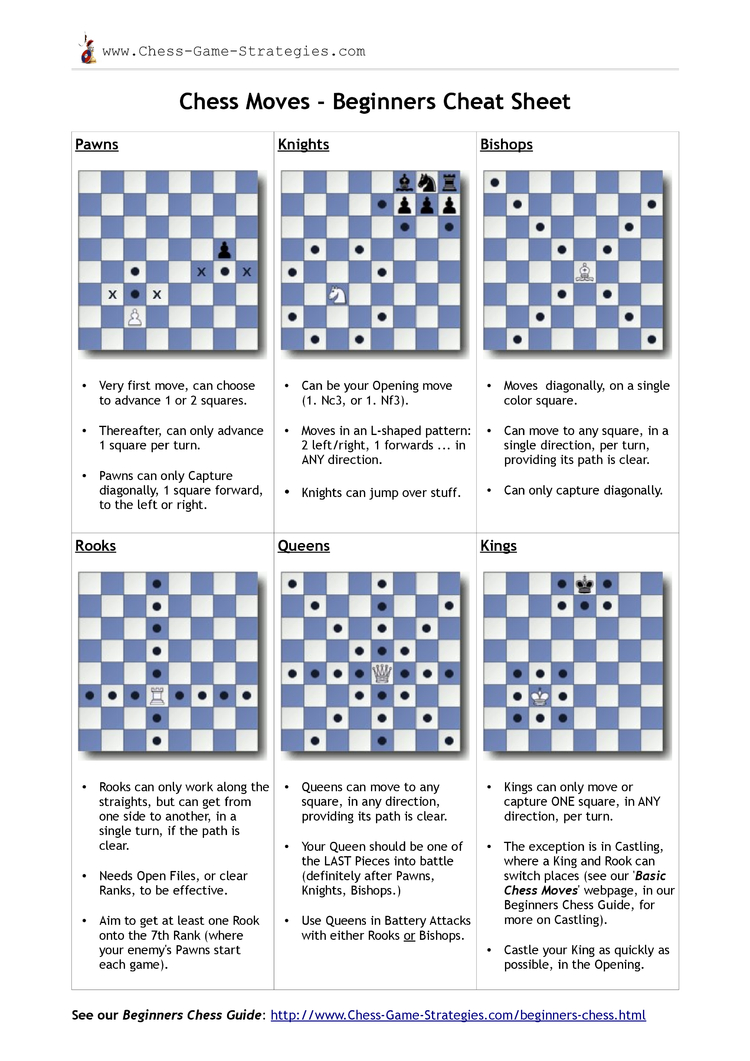

Many chess lovers are drawn to the game by checkmate- it's a clear competitive purpose and to many, aesthetically pleasing. (There are no squares to flee to, no way to block or capture the checking piece.) Checkmate is the goal of chess and ends the game. His three choices are to flee to g7, g5 or h5.Ĭheckmate is when a king has no way to escape from a check. Let's say White is hungry and goes for the third choice.īlack can only flee here. Using the queen to capture the bishop on c6. White can use any of the three methods to get out of check:įleeing with the king, to f8, d8, e7 or f7.īlocking with the White bishop, by moving to d7. The Black bishop is checking the White king. Let's review check with the bishop and queen. The queen can capture any of the Black pieces with her next move. The queen can move to any of the starred squares. Like the rook and bishop, she captures in the same way that she moves. She moves like the rook and bishop combined: diagonally, horizontally and laterally as many squares as she wants. The queen is the most powerful piece on the board. The bishop on e4 can never have a rendezvous with the one on e5. Explaining his divorce, World Champion Boris Spassky said, "We were like bishops of opposite colors." An apt analogy: Bishops of the opposite color live on the same board but never, ever have contact. Bishops remain on the same color all game. The bishop moves diagonally as many squares as it wants. In Diagram 2, the Black king may not move to g5, g6 or g7, because he would be putting himself in check. You will never see this position in a real game of chess. In other words, they can't be on adjacent squares.ĭiagram 1 (left) is NOT ALLOWED because kings move one square in each direction, and therefore would be putting themselves in check if standing right next to each other. The king is never allowed to put himself in check. The Black rook on h5 can block the check by moving to e5. Think of this as the king throwing one of his bodyguards in front of himself, to shield himself from injury. Question: How many squares can the White king flee to? Is it better to capture or flee here?īlocking is the third way to get out of check. The White king can simply capture the Black rook to get out of check. Fleeing is the first way to get out of check. Here, the Black king can get out of check by moving to any of the starred squares. When a piece threatens the king with capture (attacks), the king is in check.Ī checked king must escape check in one of three ways. The king captures in the same way it moves, but unlike any other piece, the king cannot be captured.Ĭheck is the heart and soul of the game, so let's go over it now- and then we can review it with each new piece we learn to move! The Black king can move to any of the eight starred squares. The White king can move to any of the three starred score in the corner. But the king's value is unquantifiable, because it entrapment ends the game.

If it's Black's move, Black can use any of her rooks to take the White rook. If it's White's turn, he can take any of the three rooks. The rook captures in the same way that it moves. The rook can move to any of the starred squares. The rook can move horizontally and vertically as many squares as it wants. The Rook: Let's start with the moststraightforward piece. Piece movements Part I- The Rook and The Kingġ. Using these names to record your chess moves is called "Algebraic Chess Notation" Strong players invariably do this, so that they can learn from their games. Question 1: What is the green square called? The numbers on the side of the board refer to ranks (1-8). The letters on the bottom (a-h) of the board correspond to files. If you are Black, the queen should be on a Black square. Queen on her color! If you are White the queen should be on a White square. Many movies, T.V shows, and even art exhibits with chess sets get this wrong.ī. "White is on the right!" Make sure the right corner of the board is on a White square. When you set up the board, remember the following things:Ī. Special Moves- Castling, Pawn Promotion, and En PassantĬhess is played on an 8x8 board.

Piece Movements Part 3 - The Pawn and the Knight Piece Movements Part 2 - The Bishop and the Queen Piece Movements Part 1 - The King and the Rook


 0 kommentar(er)
0 kommentar(er)
